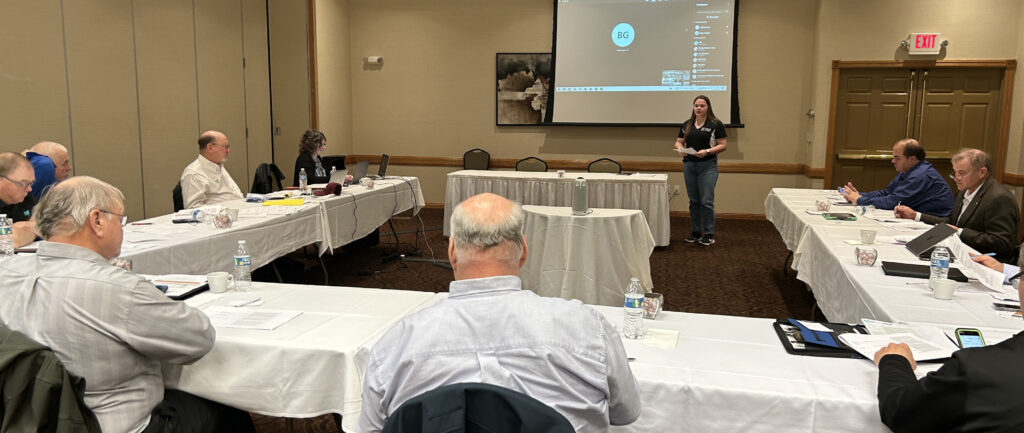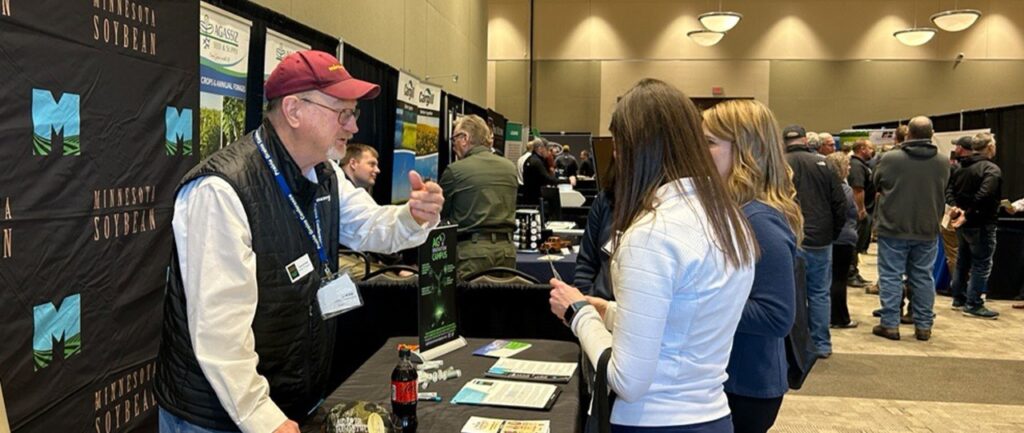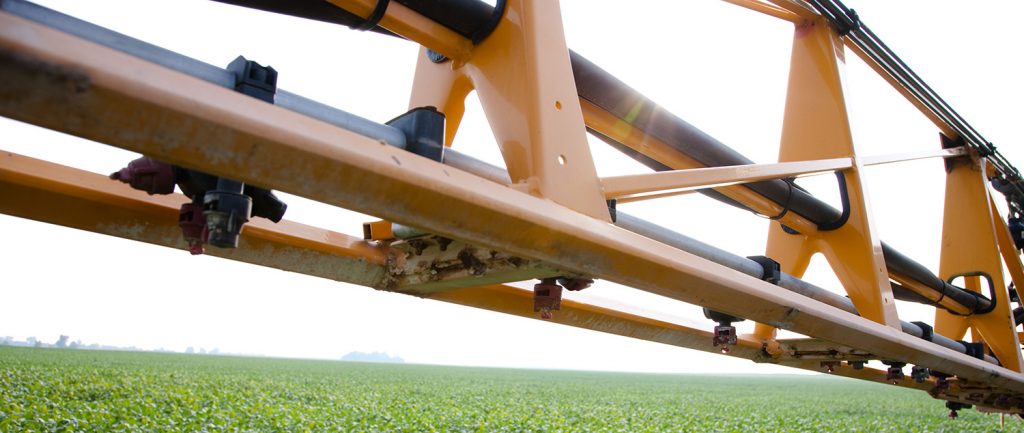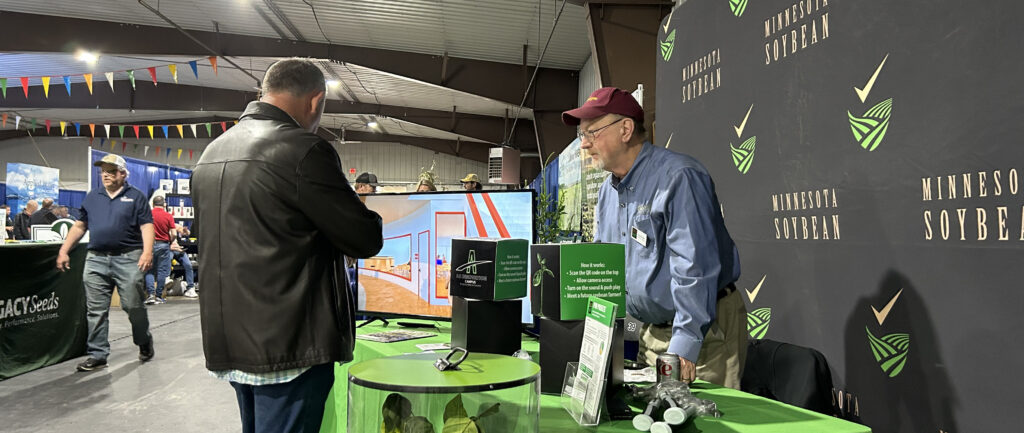During January and February, 140 Minnesota soybean farmers completed a Grower Input Survey, conducted by the Minnesota Soybean Research & Promotion Council. Their participation also led to a worthy cause.
The goal of the survey was to gauge growers’ top production concerns and priorities across the state. In turn, MSR&PC farmer leaders, who oversee checkoff investments, will use the data to better address the diverse production challenges and direction of future checkoff funds. Each year, the Council invests soybean checkoff resources into research projects. In 2020, the Council sponsored 14 agronomic research projects delving into pest and weed management, soil health and breeding and genetics. In January, farmer-directors met to discuss the ongoing 2021 research approval process.
“The data and information collected from participants is critical as we continue to be deliberate and strategic with funding research projects,” said David Kee, MSR&PC director of research. “This survey was truly a grassroots approach to ensuring we focus on what matters most to our farmers.”
For every completed survey, MSR&PC also donated $10 in fresh pork to Second Harvest Heartland, a Minnesota food bank. The donation took place Feb. 12 in Brooklyn Park with MSR&PC Director and Rice County farmer Gail Donkers representing the Council.

“The pork industry is our No. 1 (soybean) customer. We wanted to find a simple way to give back to the community, support the livestock industry, as well as incentivize farmers to participate.” Donkers said. “This was truly a win-win-win.”
As a result of farmer-engagement, the Council donated nearly 518 pounds of pork from Hy-Vee to the food bank. This included sliced ham, ground pork, fresh pork sirloin roasts, boneless pork chops and more. About 97% of U.S. soybean meal is consumed by livestock and poultry.
“Seeing the boxes of pork dropped off at the food bank was a heartwarming feeling,” Donkers said. “The success of the survey went beyond just the amount of data we collected.”







